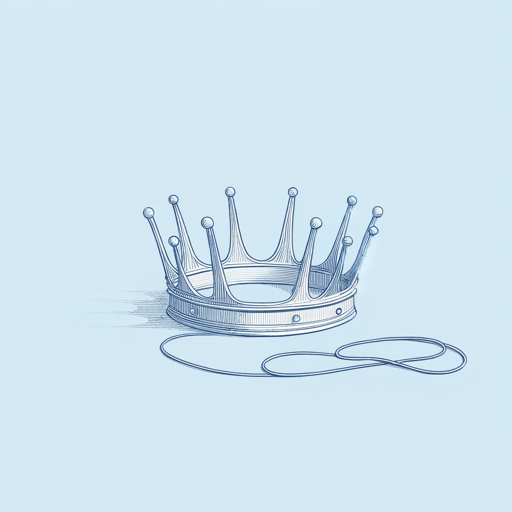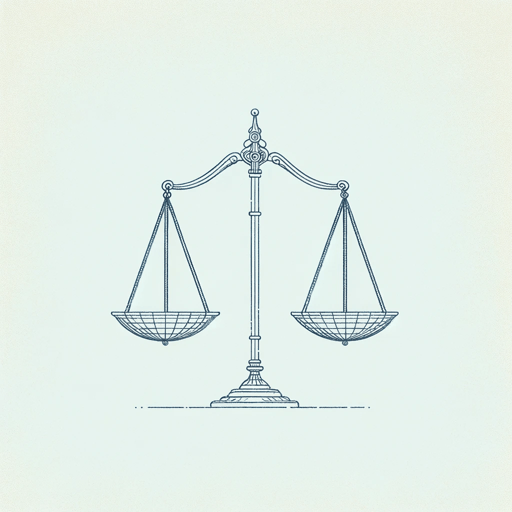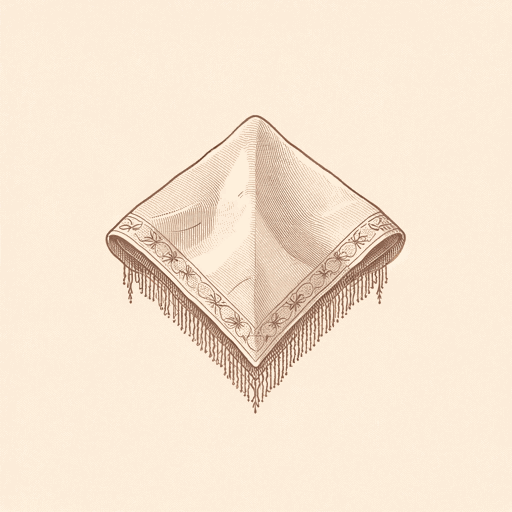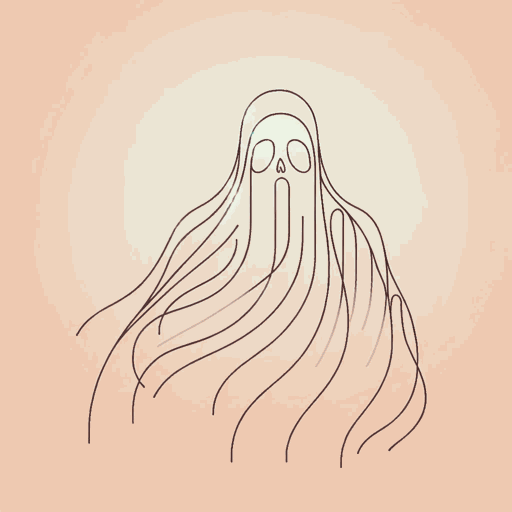48 pages • 1 hour read
William ShakespeareHamlet
Fiction | Play | Adult | Published in 1609A modern alternative to SparkNotes and CliffsNotes, SuperSummary offers high-quality Study Guides with detailed chapter summaries and analysis of major themes, characters, and more.
Symbols & Motifs
Yorick’s Skull
Yorick’s skull is perhaps the most famous symbol in Hamlet. The skull represents the certainty of death, the inevitable fate to which king and jester alike will come. Yorick, in death, is indistinguishable from Alexander the Great: As Hamlet observes, death makes everyone much the same. Yorick’s skull has a notably nasty physicality: Hamlet remarks that it smells terrible (5.1.176). Hamlet’s doubts and fears about the afterlife meet, in Yorick’s skull, one unequivocal truth—and it isn’t pleasant.
Actors and the Theater
Actors and the theater are a frequent image in Hamlet. They appear, of course, in the play-within-a-play, but they also play an important role in the final moments of the play, when Horatio asks that the bodies of Hamlet and his family be placed on a stage where everyone can see them. Hamlet also fears that everyone around him is an actor. The gap between people’s inner truth and outer performance is a source of constant anxiety to him. Symbolically, the play’s actors represent that unbridgeable gap between inner and outer. The frequent presence of actors also recalls us to the circumstances of the play itself. The symbolic stage reminds us that we’re watching the action on a quite literal stage, which itself symbolizes the world.
Related Titles
By William Shakespeare

All's Well That Ends Well
William Shakespeare

A Midsummer Night's Dream
William Shakespeare

Antony and Cleopatra
William Shakespeare

As You Like It
William Shakespeare

Coriolanus
William Shakespeare

Cymbeline
William Shakespeare

Henry IV, Part 1
William Shakespeare

Henry IV, Part 2
William Shakespeare

Henry V
William Shakespeare

Henry VIII
William Shakespeare

Henry VI, Part 1
William Shakespeare

Henry VI, Part 3
William Shakespeare

Julius Caesar
William Shakespeare

King John
William Shakespeare

King Lear
William Shakespeare

Love's Labour's Lost
William Shakespeare

Macbeth
William Shakespeare

Measure For Measure
William Shakespeare

Much Ado About Nothing
William Shakespeare

Othello
William Shakespeare

